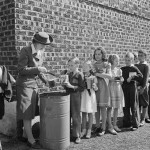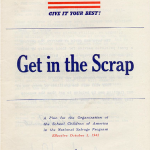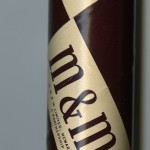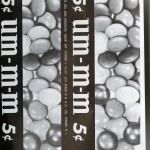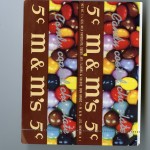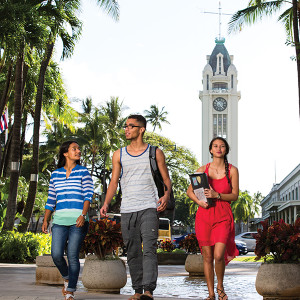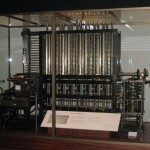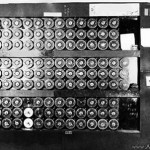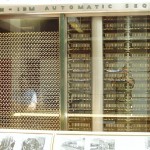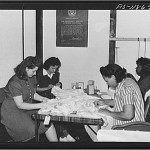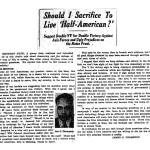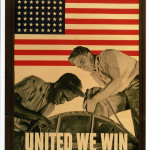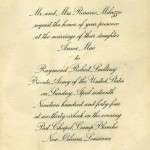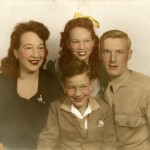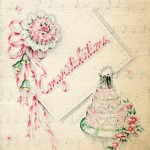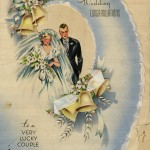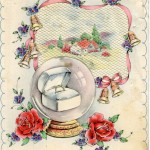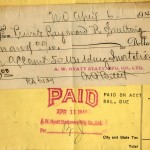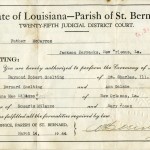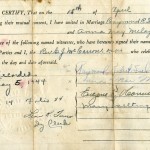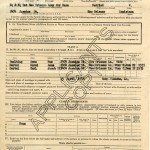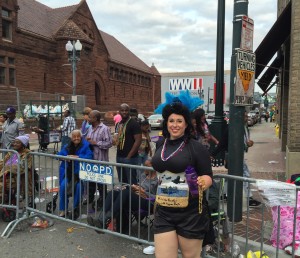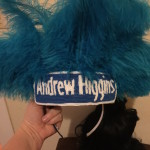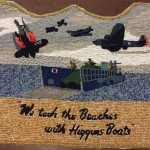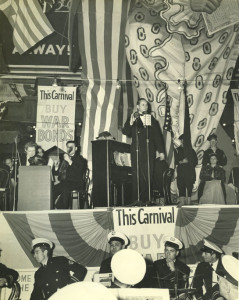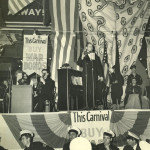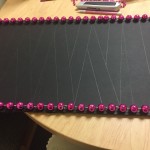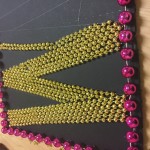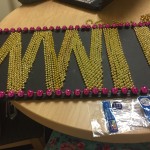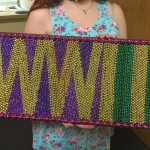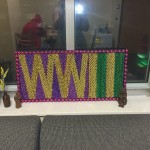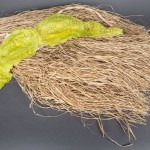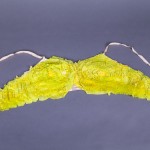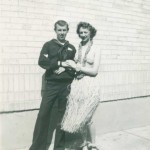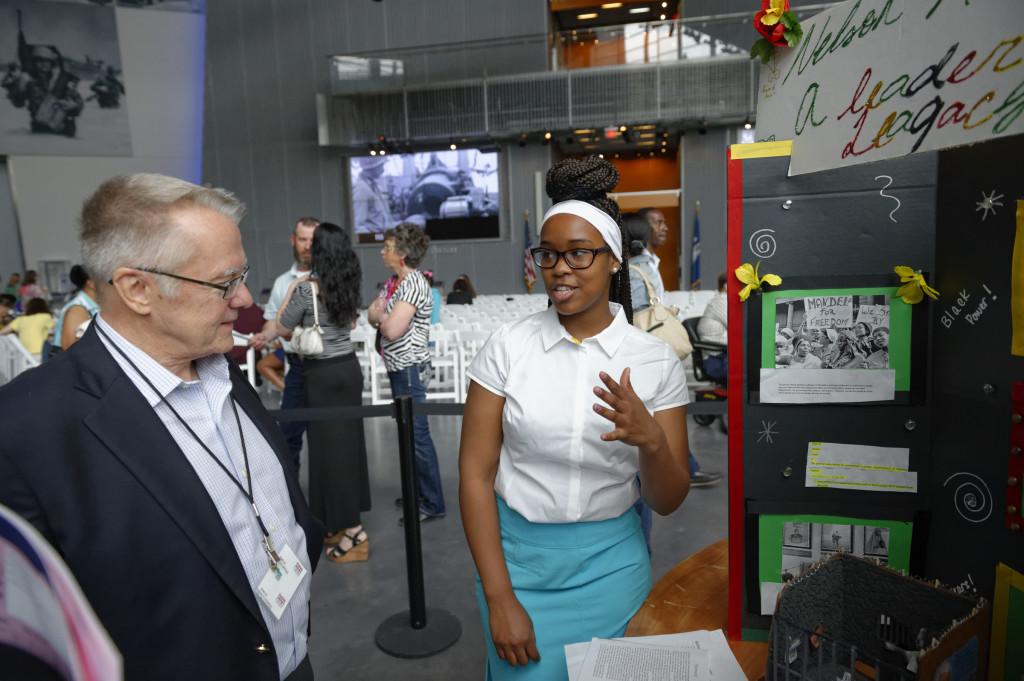Get in the Scrap!
- National Archives and Records Administration
- Library of Congress, LC-DIG-fsa-8c34774.
This month’s Calling All Teachers e-newsletter highlights Get in the Scrap!, a national service-learning project for grades 4–8 about recycling and energy conservation.
Inspired by the scrapping effort of students during World War II, Get in the Scrap! offers all students a chance to complete fun and educational classroom activities while learning important lessons about environmental stewardship. They’ll even earn cool prizes for their hard work. With activities covering history, civics, ELA, art, and STEM, Get in the Scrap! will empower kids to make their own history.
The March Calling All Teachers e-newsletter also showcases the Museum’s 2016 Essay Contest and next week’s Echoes and Reflections Holocaust Teacher Workshop.
In conjunction with the special exhibition Fighting for the Right to Fight: African American Experiences in WWII, this year’s Essay Contest asks students in grades 5-12 to consider the availability of liberty and justice for all Americans seven decades after World War II. The deadline is March 15, so make sure your students submit their essays today!
The Echoes and Reflections workshop will take place at the Museum from 3:30 – 6:30 p.m. Tuesday, March 8, and will feature the innovative multimedia classroom curriculum designed by the Anti-Defamation League, Shoah Foundation, and Yad VaShem. Register today!
Finally, the latest Calling All Teachers e-newsletter shine’s the spotlight on the Lend-Lease Act, which went into effect seventy-five years ago this month. Lend-Lease ramped up American involvement in World War II and the nation’s industrial output, lighting the path out of the Great Depression. You can find classroom resources to explore the United States’ transformation from an isolationist nation into the world’s greatest industrial power here.
Get more resources and ideas by signing up for our free monthly e-newsletter Calling All Teachers and following us on Twitter @wwiieducation.
Post by Dr. Walter Stern, K-12 Curriculum Coordinator at The National WWII Museum.
- Posted :
- Post Category :


